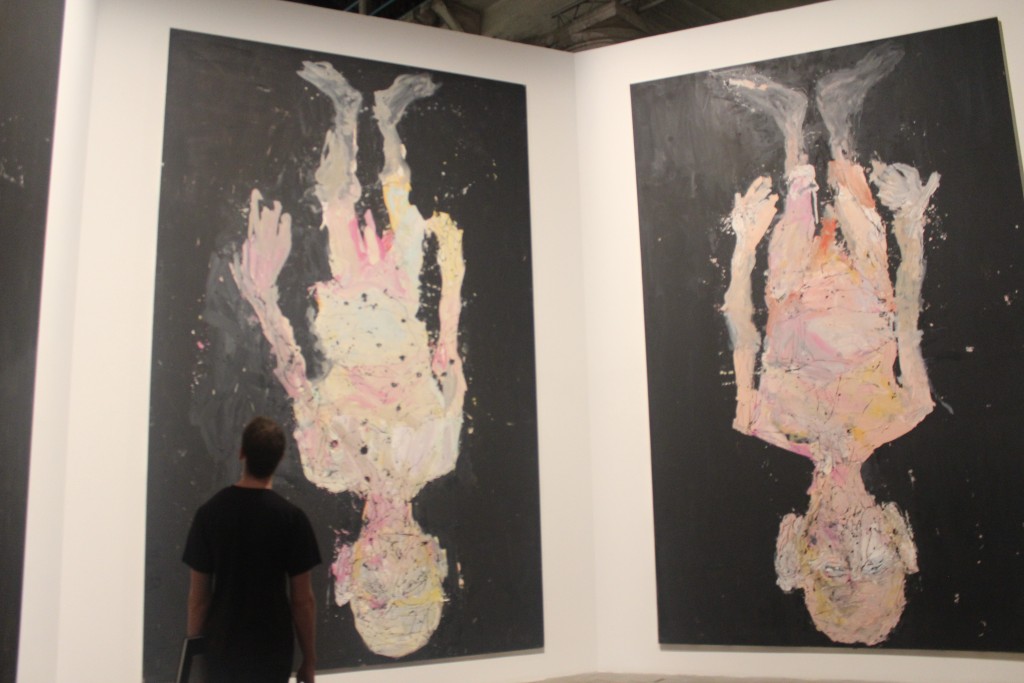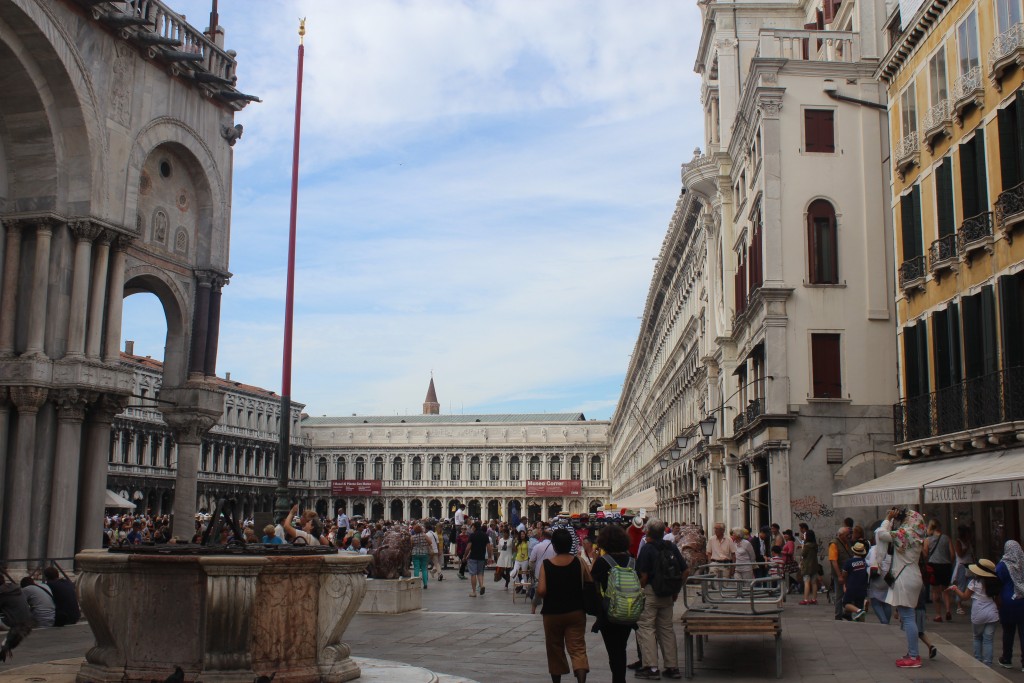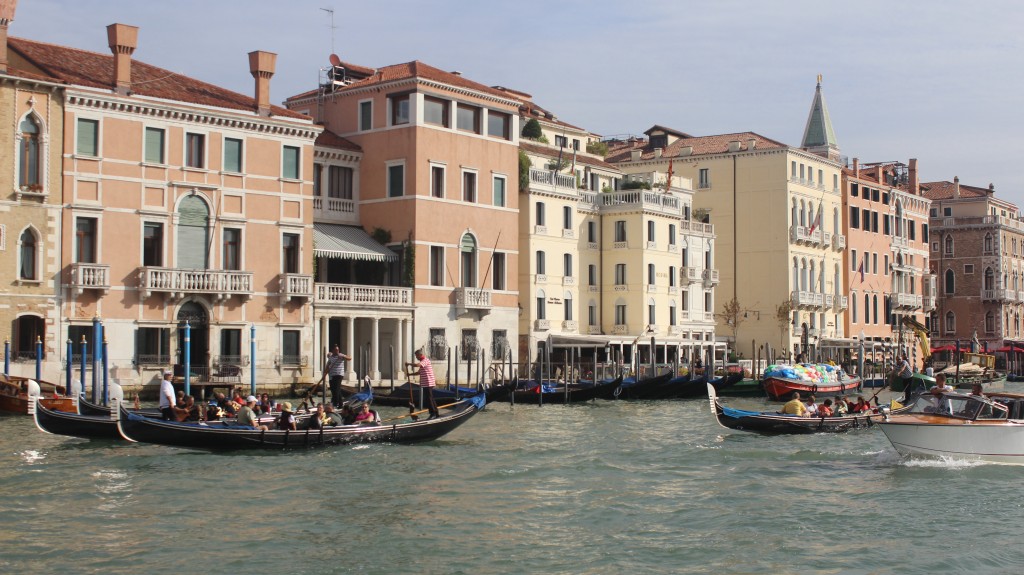The second part of the artists field trip was our visit to Venice, mainly to see one of the most important art exhibitions- the Venice Biennale!
The Venice Biennale is an art exhibition unlike any other- taking place every 2 years, the exhibition features contemporary artists from all over the world, in all different mediums and approaches to a more unified theme. This year, the theme was “All the World’s Futures” curated by Okwui Enwezor, the first African curator in the history of the Biennale and one who focused on allowing less popular artists to display their work. The Biennale was separated into two main locations- the first being the Arsenale, and the second being the Giardini. The Arsenale (Arsenal) highlighted a combination of various artists, showcasing work that was created from mainly lesser-known artists such as Georg Baselitz, who focused primarily on the nuances of capitalism and poverty. With over hundreds of works in a single building, the Arsenale was truly an immense representation of the contemporary art world. Yet it was only a mere fragment of what the Biennale truly had to offer, an idea which we discovered the next day when we visited the the Giardini, the main location of the Biennale.

The Giardini was essentially composed of a national pavilion which was surrounded by multiple national ones, meaning that each country in the Biennale had its own pavilion. The American pavilion, as represented by Joan Jonas, received great praise and was deemed to be one of the better exhibitions at the Biennale. Perhaps one of the most interesting aspects of the Biennale was the ability to see how each country addressed the theme of a global future as well as the artists that it chose, especially considering the fact that countries could select more than one artist to represent it. Although we had two days to see the Biennale, it was hardly enough, for there were so many works of art to see. Yet both days were filled with enthusiasm and excitement as we walked through the exhibition, learning about new contemporary artists and remembering the old ones. With over hundreds of artists represented in the Biennale, it was difficult to see everything, but the work which we did see was rather impressive. The 45 minute video piece of Ghanan artist John Akomfrah was particularly astounding, in that it managed to combine beautiful moments of wildlife juxtaposed with bodies being washed ashore- a harsh and critical commentary on human nature and our contemporary society. Like Akomfrah’s piece, most of the works took a similar, blunt approach to the topic, leaving us feeling much more aware of current and past political and social issues.
Although we came for the Biennale, we also had a chance to explore the historical areas of Venice, such as the majestic Grand Canal, Piazza San Marco, and the Ducal Palace. With the canal being such an important element of the city, the vaporetto (boat) was the main form of transportation, allowing us to see the city from the center of the canal. Venice during the day is a busy city that is filled with tourists, artists, and adventures who want to explore. Yet it is during the night when the city truly comes alive, with the lights of the city reflecting in the water as local bands play classics such as “Ave Maria” and “Time to Say Goodbye” under the cool night sky. Perhaps one of our more unforgettable moments was enjoying a gondola ride in the late evening, fully understanding why Venice is considered to be one of the most romantic cities in the world.
Although we are happy to be back in Rome, Venice will always have a special place in our hearts.


